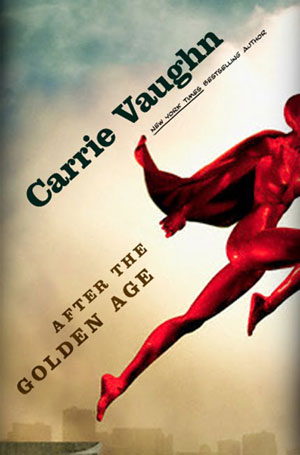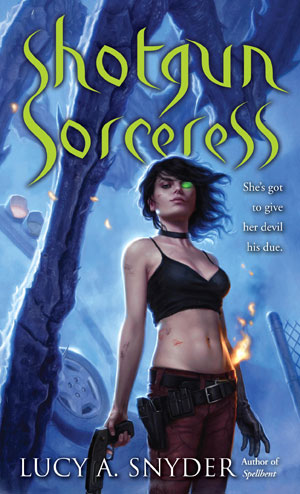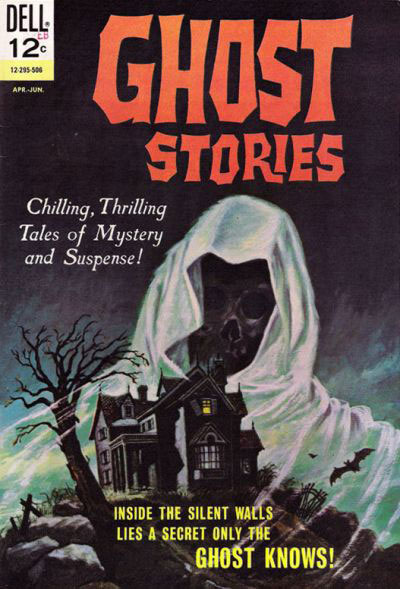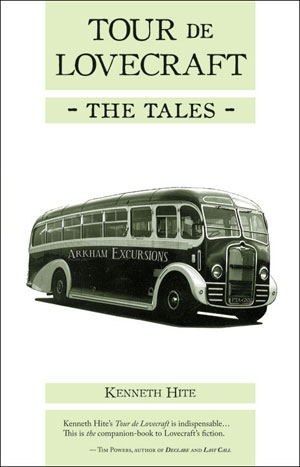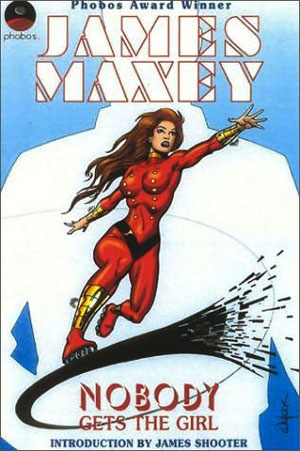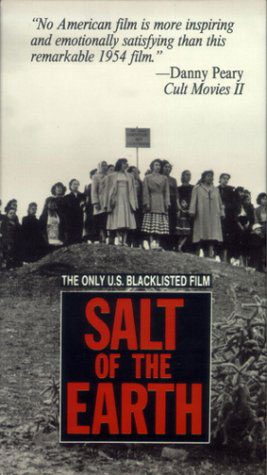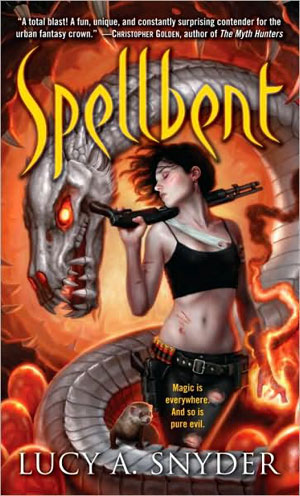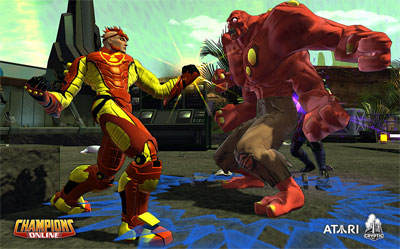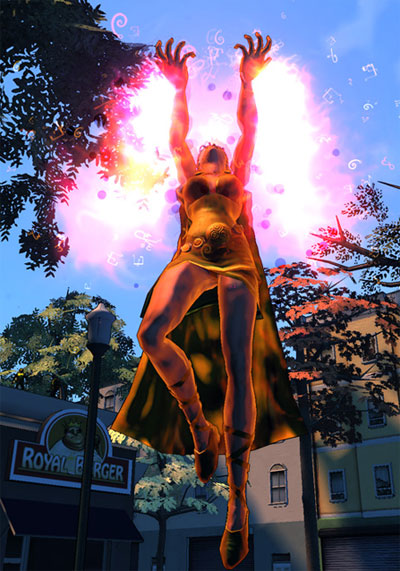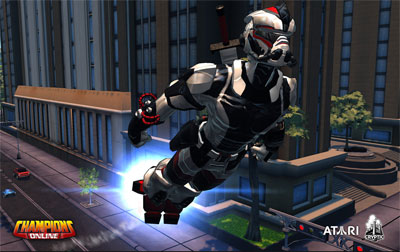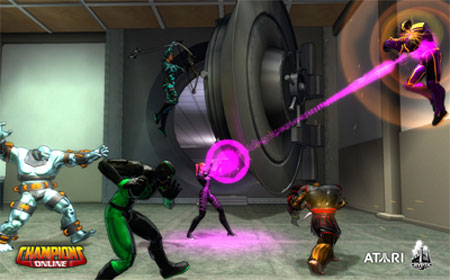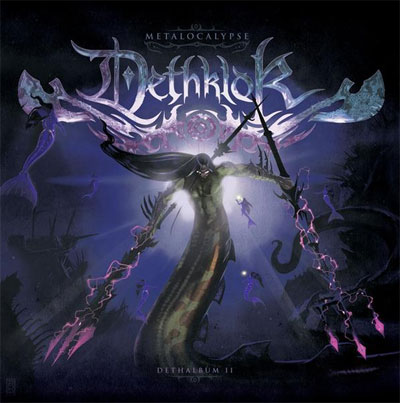Golden Girl
After the Golden Age by Carrie Vaughn
Author Carrie Vaughn is best known for her Kitty Norville series of urban fantasy novels, but earlier this year, she published a superhero prose novel called “After the Golden Age.”
The story focuses on Celia West, the only child of Captain Olympus and Spark, the greatest superheroes in the world. Celia, however, has no powers, isn’t particularly fond of her parents, and has done just about everything she can to distance herself from the world of superheroes and supervillains, so she can make a normal life for herself. It doesn’t do her a lot of good, though — she’s still a very frequent target for kidnappers hoping to hold her hostage to make her parents leave their criminal enterprises alone. Celia has gotten almost accustomed to it all — getting kidnapped just makes her angry now — angry that her evenings get uprooted by crooks, angry that she’ll have to rely on her parents and the other members of the Olympiad to save her, angry that everyone still seems to think it’s wonderful to have superheroes as parents.
On top of that, Celia is trying to start a new relationship with a handsome cop, the son of the mayor of Commerce City, and she’s been asked, as part of her job as an accountant, to assist in the prosecution of the Destructor, the most evil supervillain in the world and her parents’ archnemesis. That leads to a whole new bunch of troubles, as the Destructor’s trial reveals the darkest secret of Celia’s past, which leads to her losing her job, her friends, and everything else she’s worked for. But she’s now on the trail of the mystery of the Destructor’s origin and his connection to her parents and the city’s other superheroes. Will Celia be able to track down the answers she’s looking for? Will she ever reconcile with her parents, and does she even need to? Will she be able to find her own path to success and love? And can she hold her own against Commerce City’s criminals and supervillains without superpowers of her own?
Verdict: Thumbs up. Really enjoyed the characters, the dialogue, the excellent twists and turns of the plot. This isn’t the most action-packed story — after all, the main character is an unpowered person who is generally used to waiting for superheroes to show up to rescue her — but it does have its actiony moments, too, some of them very suspenseful and exciting.
Here’s my favorite reason to recommend this one: I read it over several days when I was really, really exhausted by the time bedtime rolled around — and I did everything I could to put off going to bed so I could keep reading the book.
It’s fun, it’s absorbing, it grabs you and won’t let you go. Go pick it up.
Comments off

